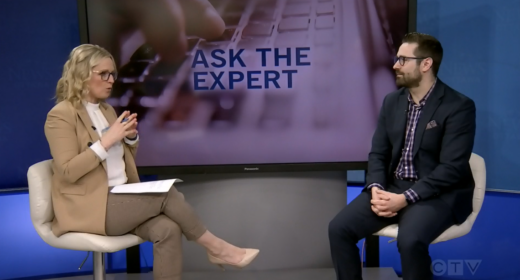For many years, Ontario has levied an Estate Administration Tax (“EAT”) of 1.5% of the value of the Ontario estate assets passing pursuant to a Will. The EAT is collected by the province when the executor applies for a Certificate of Estate Trustee with a Will (the old “Letters Probate”). The EAT is not payable on assets that are outside Ontario, are jointly held with a third party (such as a spouse or a child) or that have a named beneficiary.
To give the EAT some perspective, an estate that has Ontario assets of $1 million will attract EAT of $15,000.
For almost as many years, many Ontario residents have attempted to organize their assets to avoid payment of the EAT. Some financial advisors are complicit in these attempts by suggesting ways to avoid EAT, without fully explaining the problems that can arise.
The most classic method of avoiding EAT is to have a donor, usually a parent, transfer the house or a bank account of an investment portfolio to one or more children (often to the exclusion of other children who may not be in the same city). The result is that, upon the death of the parent, the asset can then automatically be transferred to the joint owner without EAT. It is then up to the joint owner to agree with his/her siblings that the jointly owned asset will be distributed in accordance with the parent’s Will rather than retained by the joint owner.
Several years ago in Pecore v. Pecore, the Supreme Court of Canada stated that jointly held assets are considered to be held by the joint owner in trust for the donor’s estate rather than the sole property of the joint owner. The exception is if the donor has made it clear (hopefully in writing) that the asset was being transferred to the joint owner for the benefit of the joint owner and not the donor’s estate.
Unless properly done with full disclosure, avoiding EAT by transferring Ontario property to a joint owner is often a mistake. Estate litigation is expensive and very difficult for a family. Do yourself a favour and ask a lawyer if such transfer is a good idea before you do it.
To read more about jointly held assets, see our previous article.


